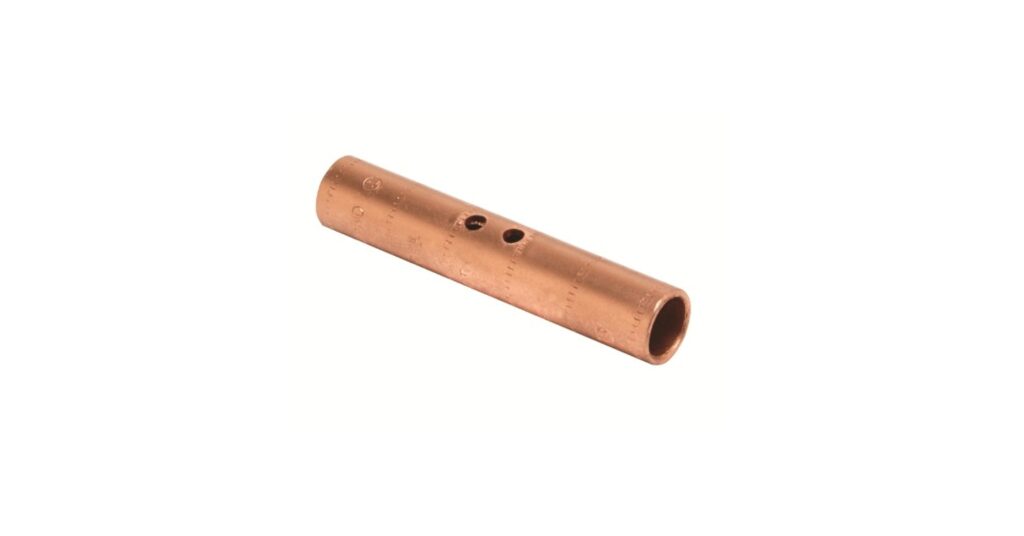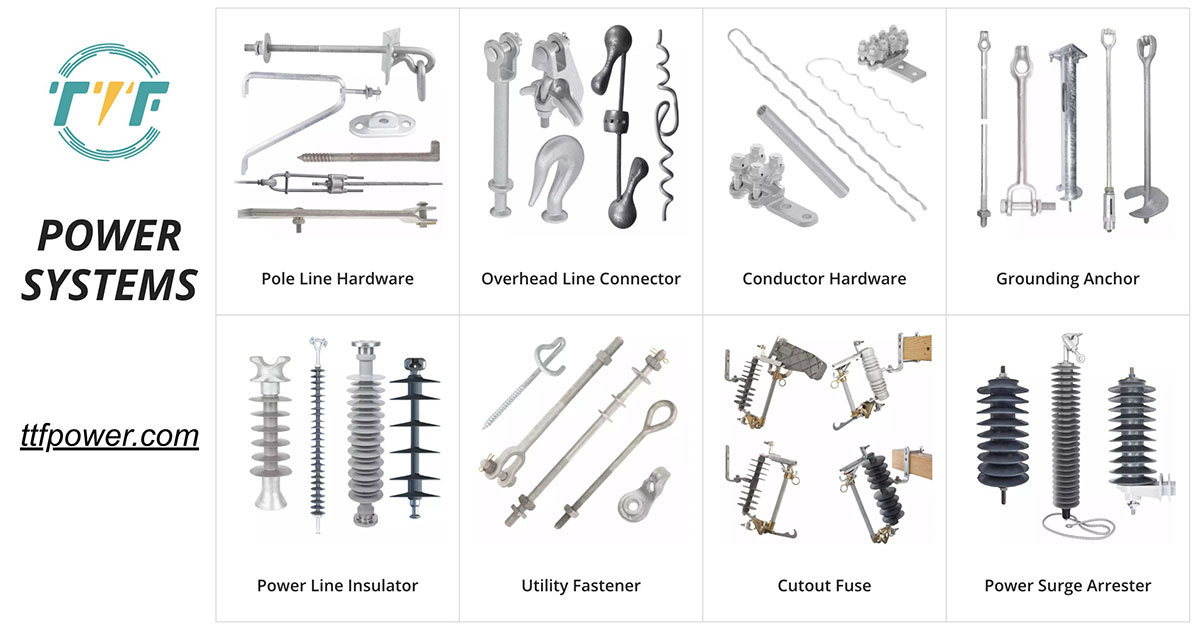
Argentina is a key player in the lithium market, with some of the world’s largest lithium reserves. There is increased demand rising from electric vehicles, energy storage, and renewable technologies. Argentina’s lithium is mainly extracted from salt flats with deposits in Salar del Hombre Muerto, Salar de Olaroz-Cauchari, and Salar de Atacama. Vale S.A. has been exploring lithium opportunities to support the EV supply chain. It could leverage its financial strength and technical expertise to enter Argentina’s lithium market through joint ventures. Lithium Argentina is focused on lithium extraction and production from brine resources. The country has been encouraging foreign investments to boost lithium output. The company supplies lithium carbonate to global markets for EV manufacturers. Using a compression splice ensures efficient power transmission across remote and harsh environments.
A compression splice is an electrical connector used to join two or more cables securely. They ensure low resistance, high conductivity, and mechanical strength in lithium mining operations. Compression splices are crucial for power distribution, connecting renewable energy systems, and maintaining reliability in extreme conditions. Lithium extraction needs high-power pumping systems to bring brine to the surface. The processing plants need consistent, high-voltage power for evaporation ponds and chemical refining. It is crucial to use high-quality compression splices to prevent power losses or outages. Compression splices also connect solar farms to mining grids and ensure efficient energy transfer.
The roles of compression splice in Argentina’s lithium extraction and production
A compression splice connects two conductors to create a permanent and secure connection. The splices are crucial in industrial settings where long-lasting electrical connections are necessary. Compression splices ensure stable electrical connections, enhance system durability, improve safety, and optimize automated lithium production. They also support the reliability of electrical infrastructure. This is crucial in sustaining high-efficiency lithium extraction and processing operations. Here are the functions of a compression splice in lithium extraction and production in Argentina.

- Reliable power transmission for pumping and processing equipment—compression splice ensures consistent electrical connections in high-voltage environments. They reduce the risk of power failures that could stop production. They help power electric pumps that extract lithium-rich brine from underground reservoirs.
- Durability—lithium brine extraction occurs in high-altitude deserts with intense UV exposure, temperature fluctuations, and corrosive conditions. Using compression splices provides secure, corrosion-resistant connections. This is crucial to reduce the risk of power interruptions.
- Electrical systems safety—compression splices offer strong mechanical integrity and reduce the chances of electrical failures. This is crucial for lithium extraction and refining operations that need extensive electrical infrastructure.
- Optimizing automated systems—lithium operations depend on automated control systems and remote monitoring through fiber optic lines. High-quality compression splices ensure seamless data transmission between monitoring stations and extraction sites. This allows real-time adjustments in brine pumping, evaporation, and refining processes.
- Reduced maintenance costs and downtime—compression splices provide long-term reliability to reduce the frequency of repairs and maintenance-related shutdowns.
Lithium extraction and production in Argentina’s energy sector
Argentina plays a crucial role in the global clean energy transition through lithium production and extraction. Lithium is a crucial component in battery storage technology. This impacts the energy sector, the economy, and renewable energy ambitions. Argentina should develop local refining capabilities, ensure environmental sustainability, and attract strategic partnerships in battery and energy storage. Lithium extraction faces challenges such as sustainability concerns and regulatory and political instability. The following are the roles of lithium extraction and production in Argentina’s energy sector.

- Supporting renewable energy storage—lithium-ion batteries store energy generated by solar and wind power. Domestic lithium production can help develop grid-scale battery storage solutions to integrate renewables.
- Strengthening Argentina’s EV industry—lithium production helps Argentina expand EV production and adoption. The lithium industry could lower battery costs, which makes EVs more affordable for the local market.
- Export revenue and economic growth—lithium extraction has become a major export sector driving foreign direct investment. This could also help expand production and attract global battery manufacturers.
- Industrial development—lithium mining and processing—provides job opportunities in various provinces. This encourages technological innovation, leading to new industries in battery manufacturing.
- Positioning in the global energy market—Argentina is positioning itself as a key supplier for energy transition technologies. Countries investing in clean energy are securing lithium supply chains.
